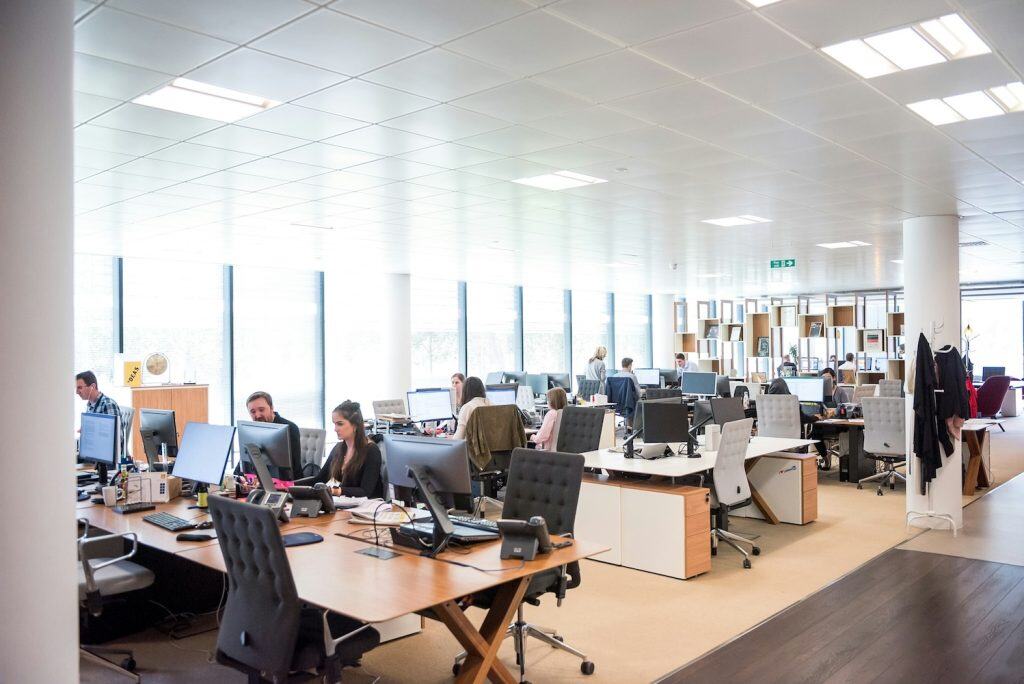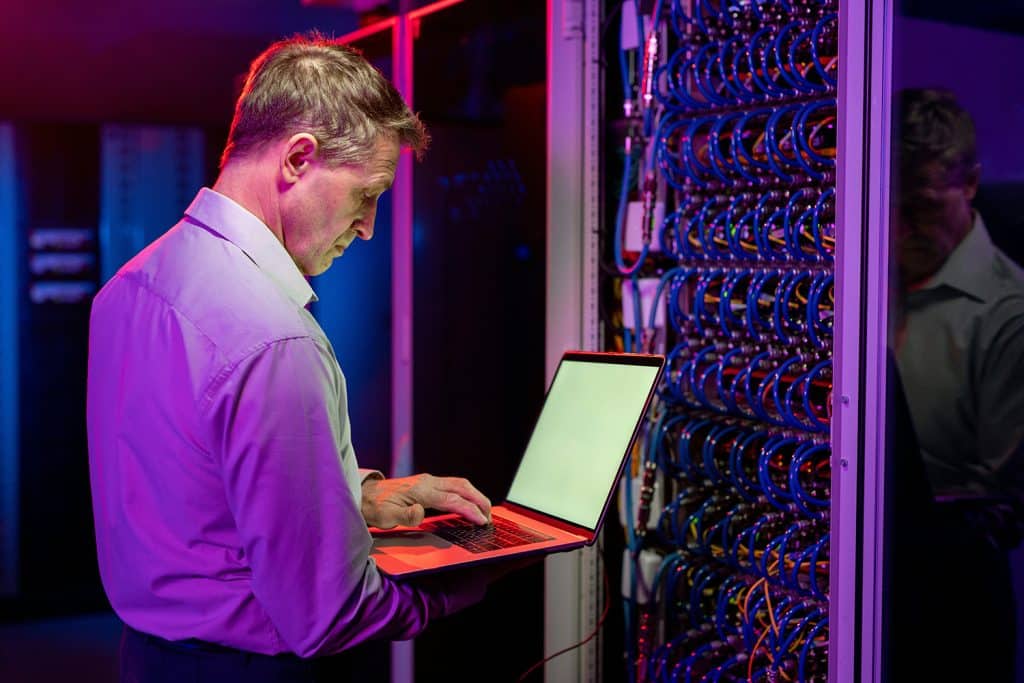WiFi technology has completely reshaped the way we think about the work place; employees and clients can connect from remote devices, sharing large amounts of information instantaneously, creating a business environment where communication is quicker and more detailed. Making sure your business is connected effectively is more important in 2025 than it ever has been, having a secure and well maintained commercial WiFi network is essential for guaranteeing maximum productivity now and in the future.
So what is the future of WiFi technology? As effective WiFi networks become central to business operations the technology itself has had to improve to match new and increasing demands. The next great leap in WiFi is expected this year as the IEEE launches WiFi 7, the next generation of WiFI technology.
What Is Wifi 7?
WiFi 7 is the seventh generation of wireless technology, designed to significantly improve performance in high-density environments, offer lower latency, and enable faster, more stable connections. It builds on the foundations of WiFi 6/6E, but introduces new capabilities that are particularly valuable for businesses with demanding network needs.
Specifically designed to meet modern commercial demands, WiFi 7 is highly effective in tight office spaces, allowing multiple users to access a stable high capacity network simultaneously. Increases in bandwidth and connection strength are intended to overcome common problems experienced by current WiFi networks such as dead zones and network bottlenecks; that can prevent employees from using a WiFI network effectively, damaging your business’ efficiency and productivity.
Key Features of WiFi 7
– Super Fast Speeds
WiFi 7 can deliver theoretical speeds of up to 46 Gbps, more than 4x faster than WiFi 6. This is thanks to its support for wider channels (up to 320 MHz) and higher modulation schemes. Faster connections are at the heart of modern business, allowing employees to share large amounts of information quickly and easily.
– Multi-Link Operation (MLO)
Revolutionary to WiFi 7, MLO allows devices to combine multiple frequency bands (2.4 GHz, 5 GHz, and 6 GHz) simultaneously. Resulting in more stable connections and better performance in congested environments, seamless band handovers allow for interrupted connections, perfect for offices with a high volume of users.
– Lower Latency
With reduced latency, effectively connecting instantaneously, WiFi 7 is perfect for applications like video conferencing, AR/VR, and industrial automation. It can match wired Ethernet in responsiveness, making it an option for replacing cable-only setups.
– Improved Efficiency and Capacity
WiFi 7 uses smarter traffic scheduling and increased functionality for multiple user streams to serve more devices at once without losing performance, allowing large numbers of devices to access the network with minimal degradation of quality.
– Backward Compatibility
WiFi 7 is compatible with devices from previous generations, so businesses can upgrade infrastructure gradually without rendering existing hardware obsolete.
What Can Wifi 7 Do For Your Business?
– Futureproofing
WiFi 7 will shortly become the industry standard for businesses that want to be competitive in the modern digital world. As newer apps require higher bandwidth, having an effective WiFi 7 installation can ensure your business keeps up with demand without skipping a beat.
– Enabling Hybrid Work and Collaboration
Fast, reliable WiFi is essential for video conferencing, file sharing, and cloud-based collaboration tools. WiFi 7 can handle multiple simultaneous high-bandwidth streams without hiccups.
– Enhancing Customer Experience
Retail outlets, hotels, and hospitality venues can provide more consistent and faster WiFi to clients, improving customer experience and enabling new technologies like location-specific advertising or immersive experiences.
– Supporting IoT and Smart Devices
With its improved device density and efficiency, WiFi 7 is ideal for IoT-heavy environments like smart offices, manufacturing floors, and logistics hubs.
-Reducing Cabling and Complexity
Thanks to near-Ethernet speeds and reliability, some businesses may opt to replace wired connections with wireless, reducing costs and increasing flexibility in office design.
Considerations Before Upgrading
Cost: As the technology is brand new, WiFi 7 routers and access points will only be available at a higher price. Evaluate whether the performance gains justify the investment for your business.
Device Support: Ensure the existing devices within your business (laptops, tablets, smartphones, etc.) are WiFi 7-compatible to fully benefit from the upgrade.
Infrastructure Readiness: To unlock WiFi 7’s full potential, your wired network must be capable of handling multi-gigabit throughput. There’s no point upgrading the capacity of your network if your current machines can’t take advantage of the increased bandwidth.
Security: WiFi 7 is expected to support the latest WPA3 security protocols. Make sure your IT policies are up to date and utilise these advanced protections.
So Should I Get WiFi 7 for my Business?
It should be clear now that WiFi 7 is not just a nominal upgrade, it is an entire overhaul of the effectiveness of WiFi technology with regards to the demands of modern business. If you need to upgrade your current commercial network or mount a completely new installation for a new workplace it is important to consider carefully if WiFi 7 is right for you; making the right decision now could save you lots of money upgrading in the future. For more information, professional service and advice based on experience, contact Black Glass Comms to ask about your business’ WiFi installation and get a personal quote for the right upgrade for you.



